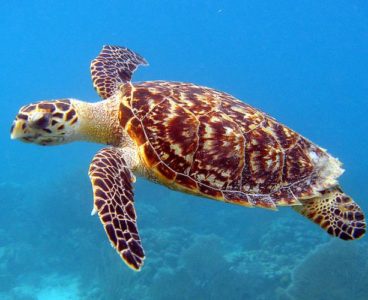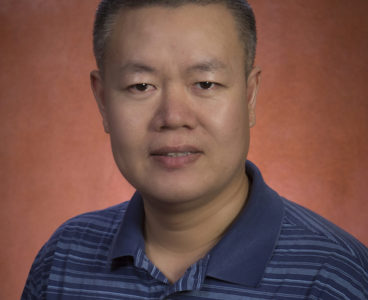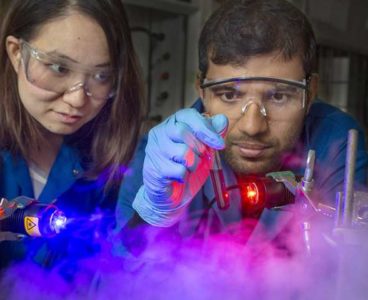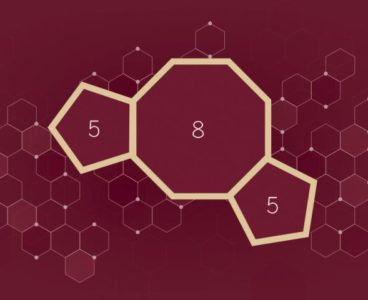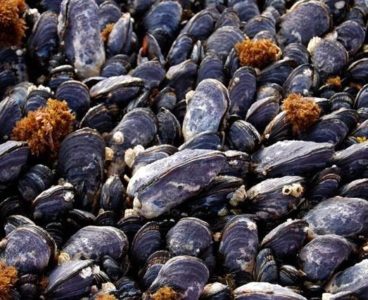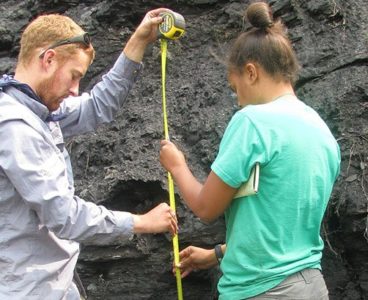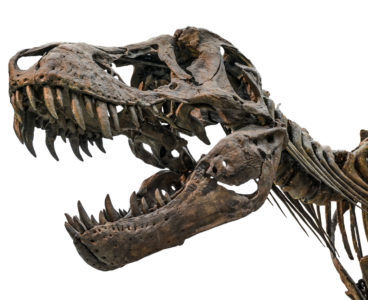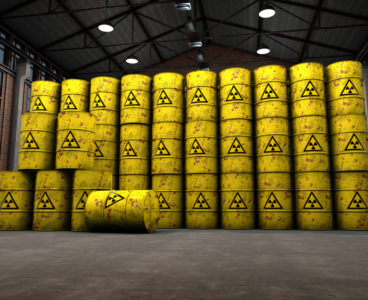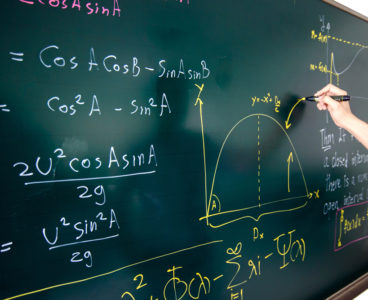A sophisticated new analysis tool developed by Florida State University scientists may signal a new era in the study of population genetics. Their model, which incorporates advanced mathematical strategies, could help revolutionize the way researchers investigate the spread and distribution of dangerous, fast-evolving disease vectors. The breakthrough research was an interdisciplinary collaboration between postdoctoral mathematician…
For These Critically Endangered Marine Turtles, Climate Change Could be a Knockout Blow
Hawksbill turtles aren’t the only marine turtles threatened by the destabilizing effects of climate change, but a new study from researchers at Florida State University shows that this critically endangered species could be at particular risk. In a study published in the journal PLOS ONE, researchers from FSU’s Department of Earth, Ocean and Atmospheric Science suggest…
New Grants Help Usher in New Era of Computer Science Research
The relentless march of technological advancement requires corresponding breakthroughs in the systems, structures and frameworks upon which those advancements are achieved. With two new grants totaling $1.2 million, computer science researchers at Florida State University will work to build that crucial infrastructure, creating sophisticated programs that will help facilitate the next generation of computer science…
FSU Researcher Finds Earth-Like Gravity May Solve Astronaut Vision Ailment
‘Strange Metals’ Just Got Stranger
Scientists at the Florida State University-headquartered National High Magnetic Field Laboratory have discovered a behavior in materials called cuprates that suggests they carry current in a way entirely different from conventional metals such as copper. The research, published today in the journal Science, adds new meaning to the materials’ moniker, “strange metals.” Cuprates are high-temperature superconductors…
Researchers Use Photons to Separate Metal Ions
A Florida State University research team is using a simple, readily available energy source to separate metal ions, a process that could help purify water or even recycle nuclear waste. The source? Light. Assistant Professor of Chemistry and Biochemistry Kenneth Hanson and postdoctoral researcher Sahan Salpage outline their strategy in a new journal article published…
Breakthrough Synthesis Strategy Could Mean Wave of New Medicinal Compounds
In pharmacology, not all molecular structures are created equal. Some frameworks are overrepresented in nature, making them especially attractive to scientists on the hunt for more effective drugs. One such structure, known to scientists as the carbocyclic 5-8-5 fused ring system, is notoriously difficult to produce using conventional laboratory methods, and researchers have therefore been…
Ocean Acidification Means Major Changes for California Mussels
Accelerating ocean acidification could be transforming the fundamental structure of California mussel shells, according to a new report from a Florida State University-led team of scientists. For thousands of years, California mussel shells have shared a relatively uniform mineralogical makeup — long, cylindrical calcite crystals ordered in neat vertical rows with crisp, geometric regularity. But…
Research Shows Climate Change as Major Threat to Bumble Bees
New research from a team of Florida State University scientists and their collaborators is helping to explain the link between a changing global climate and a dramatic decline in bumble bee populations worldwide. In a study published today in the journal Ecology Letters, researchers examining three subalpine bumble bee species in Colorado’s Rocky Mountains found that,…
Chemical Weathering Could Alleviate Some Climate Change Effects
There could be some good news on the horizon as scientists try to understand the effects and processes related to climate change. A team of Florida State University scientists has discovered that chemical weathering, a process in which carbon dioxide breaks down rocks and then gets trapped in sediment, can happen at a much faster…


